This article was medically reviewed by Luba Lee, FNP-BC, MS and by wikiHow staff writer, Megaera Lorenz, PhD. Luba Lee, FNP-BC is a Board-Certified Family Nurse Practitioner (FNP) and educator in Tennessee with over a decade of clinical experience. Luba has certifications in Pediatric Advanced Life Support (PALS), Emergency Medicine, Advanced Cardiac Life Support (ACLS), Team Building, and Critical Care Nursing. She received her Master of Science in Nursing (MSN) from the University of Tennessee in 2006.
There are 7 references cited in this article, which can be found at the bottom of the page.
This article has been viewed 38,661 times.
Ear pain is a common and unpleasant experience for airplane travelers. You may experience pain, stuffiness, or discomfort in your ears during takeoff and landing, when rapid changes in altitude cause an imbalance between the air pressure in the cabin and the air pressure inside your ears. Fortunately, you can protect your ears during the flight by swallowing frequently and using special breathing techniques to clear your ears. Flying while congested can make pain due to pressure changes worse, but you can minimize this problem by taking a few simple precautions before your flight.
Things You Should Know
- Yawn and swallow during take-off and landing to equalize the pressure in your ears.
- Chewing gum, sucking on candy, or drinking through a straw can also help.
- Filtered earplugs can help stabilize the pressure in your ears when flying.
Steps
Equalizing Ear Pressure
-
1Yawn and swallow to clear your ears during descent and ascent. The actions of yawning and swallowing can open up your eustachian tubes, helping to equalize the pressure in your ears. During takeoff and landing, yawn and swallow any time you feel pressure building up in your ears.[1]
- Chewing gum, sucking on candy, or drinking through a straw can help you swallow.
-
2Get your child to drink or suck on a pacifier at takeoff and landing. This will help equalize the pressure in your child's ears and eustachian tubes. Let an older child sip on a bottle of water or a juice. If you're flying with a baby, give them a bottle or their pacifier.
- This is the easiest way to prevent ear pain in your child.
Advertisement -
3Try the Valsalva maneuver to equalize the pressure in your ears. If your ears start to feel clogged or painful during takeoff or landing, pinch your nose shut and close your mouth. Blow gently through your nostrils, as if you were trying to blow your nose. You may need to do this several times. This technique will help equalize the pressure between your ears and the outside air.[2]
- The Valsalva maneuver can damage your ears or cause an ear infection if you’re sick or suffering from severe allergies.[3]
- If you’re really congested, try pinching your nose shut and swallowing a sip of water (the Tonybee maneuver) or holding your nose and making a “k” sound (the Frenzel maneuver).[4]
-
4Use filtered earplugs to balance the air pressure in your ears. Filtered earplugs can help regulate the pressure in your ears during takeoff and landing, preventing ear pain.[5] Look for earplugs specifically designed for use on planes, such as EarPlanes. For best results, put the earplugs in an hour before you take off and take them out right after you land.[6]
- You can purchase filtered ear plugs in a pharmacy or at an airline gift shop. If you’re traveling with kids, look for child-sized earplugs.
- Before you put in the earplugs, pinch your nose shut and gently blow through your nostrils to clear your ears.
-
5Stay awake during takeoff and landing so you can monitor your ears. If you nod off during ascent or descent, you may not notice that your ears are becoming clogged until the problem becomes painfully severe. Try to do your sleeping while the plane is cruising so that you can be awake to protect your ears during takeoff and landing.[7]
- If you’re travelling with a companion, ask them to wake you before the plane lands or if you fall asleep during takeoff.
Using Medication
-
1Use a nasal spray 30 minutes before flying if you’re congested. Nasal congestion can make it harder to equalize the pressure between your ears and the outside air. If you’re already congested or concerned about getting congested during the flight, get an over-the-counter nasal spray and use it 30 minutes to 1 hour before you take off. Use it again before you land.[8]
- Before takeoff and right after landing, administer 1-2 drops of your nasal decongestant to each nostril.
- Try not to use your nasal spray often in the days leading up to the flight. Using a decongestant spray for several days in a row can actually make your congestion worse.
-
2Try oral decongestants if your doctor recommends it. If you have to fly while you’re congested, ask your doctor about using an oral decongestant medication. Take the medication 30 minutes to 1 hour before takeoff for maximum effectiveness.[9]
- Your doctor may recommend against taking oral decongestants if you have certain health conditions, such as heart disease, high blood pressure, pregnancy, or an enlarged prostate.
- Let your doctor know if you are taking any other medications that might interact with the decongestant.
- Most doctors don’t recommend giving decongestants to children under age 6. These medications are not particularly effective for young children and may cause harmful side effects.[10]
-
3Take allergy medications an hour before flying if necessary. If you have allergies, managing them with medication before you fly can help prevent ear pain.[11] Keep in mind that some medications (such as Claritin) may take a little longer than others to start working, so try to time your dose accordingly.[12]
- Antihistamine medications are a good option for preventing in-flight ear pain related to allergy congestion.[13]
-
4Look into rescheduling your flight if you’re really sick. Flying when you have a severe cold, sinus infection, or ear infection can be a miserable experience. It also puts you at increased risk of severe ear pain and other complications of airplane ear, such as vertigo, hearing loss, or ruptured eardrums. If you’re very sick or congested, consider postponing your flight until after you feel better.[14]
- Some airlines may waive flight cancellation or rescheduling fees if you can provide a doctor’s note.[15]
- If you’re being treated for an ear infection or have recently had ear surgery, ask your doctor if it’s safe for you to fly.
-
5Ask a doctor about medicated eardrops to prevent ear pain in kids. If you’re flying with small children, talk to your pediatrician ahead of time. They may be able to prescribe eardrops containing numbing agents or pain relievers for your child.[16]
- Because their eustachian tubes are smaller than those of adults, children are especially prone to ear pain on planes.
References
- ↑ https://www.mayoclinic.org/diseases-conditions/airplane-ear/symptoms-causes/syc-20351701
- ↑ https://www.mayoclinic.org/diseases-conditions/airplane-ear/symptoms-causes/syc-20351701
- ↑ https://www.healthyhearing.com/report/52447-Airplanes-and-ear-pain-why-it-happens-and-what-you-can-do
- ↑ http://www.berkeleywellness.com/self-care/over-counter-products/article/how-unclog-your-ears-plane
- ↑ https://www.mayoclinic.org/diseases-conditions/airplane-ear/symptoms-causes/syc-20351701
- ↑ https://traveltips.usatoday.com/ear-plugs-flying-100141.html
- ↑ https://www.mayoclinic.org/diseases-conditions/airplane-ear/symptoms-causes/syc-20351701
- ↑ https://www.mayoclinic.org/diseases-conditions/airplane-ear/symptoms-causes/syc-20351701
- ↑ https://www.mayoclinic.org/diseases-conditions/airplane-ear/symptoms-causes/syc-20351701
- ↑ https://www.verywellhealth.com/before-you-buy-childrens-cold-medicines-2632309
- ↑ https://www.mayoclinic.org/diseases-conditions/airplane-ear/symptoms-causes/syc-20351701
- ↑ https://www.medicalnewstoday.com/articles/321465.php
- ↑ http://www.berkeleywellness.com/self-care/over-counter-products/article/how-unclog-your-ears-plane
- ↑ https://www.mayoclinic.org/diseases-conditions/airplane-ear/symptoms-causes/syc-20351701
- ↑ https://www.smartertravel.com/unable-to-fly-due-to-medical-reasons-letter/
- ↑ https://www.mayoclinic.org/diseases-conditions/airplane-ear/symptoms-causes/syc-20351701
- ↑ https://www.mayoclinic.org/diseases-conditions/airplane-ear/symptoms-causes/syc-20351701
- ↑ https://www.mayoclinic.org/diseases-conditions/airplane-ear/symptoms-causes/syc-20351701
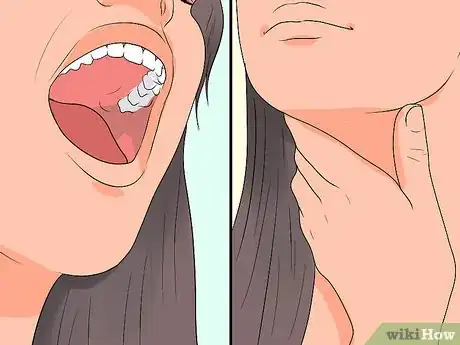
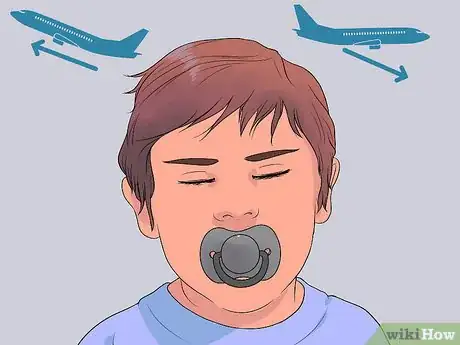

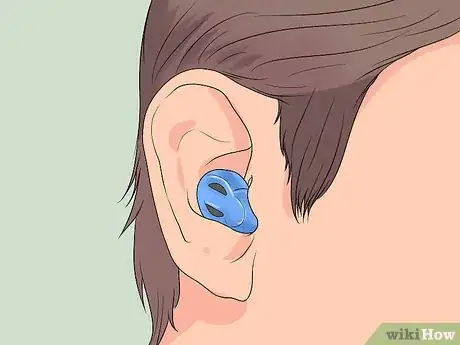
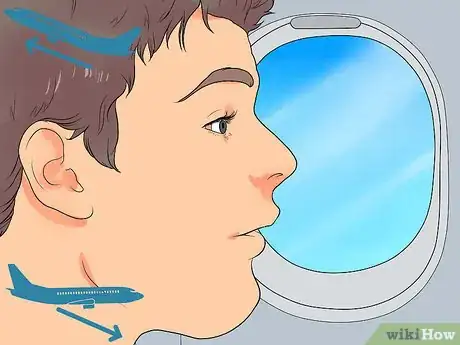

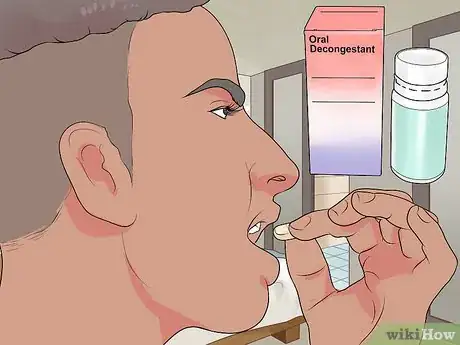

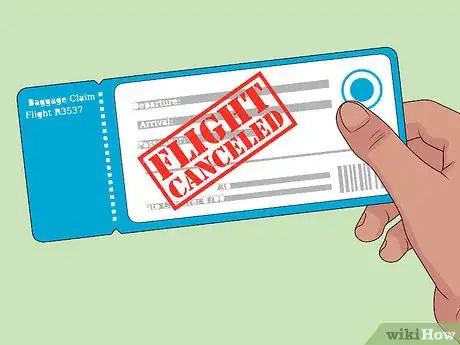

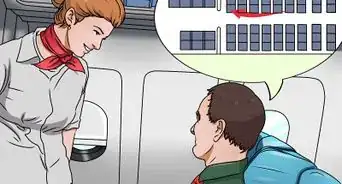

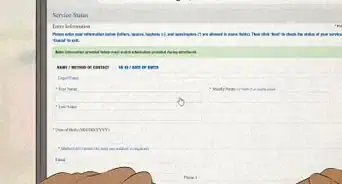






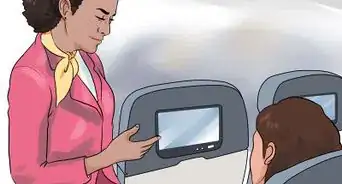













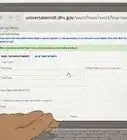





































Medical Disclaimer
The content of this article is not intended to be a substitute for professional medical advice, examination, diagnosis, or treatment. You should always contact your doctor or other qualified healthcare professional before starting, changing, or stopping any kind of health treatment.
Read More...